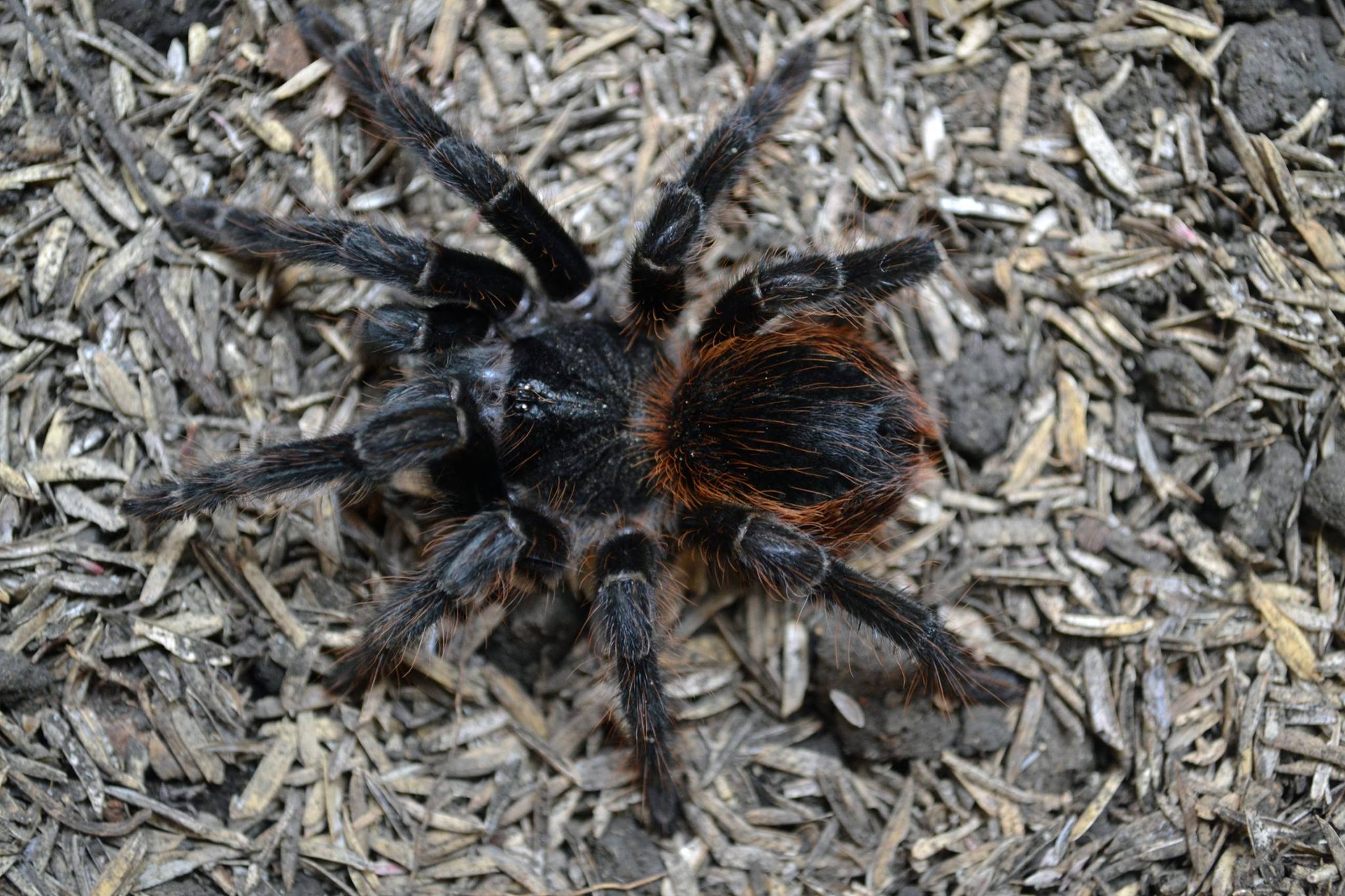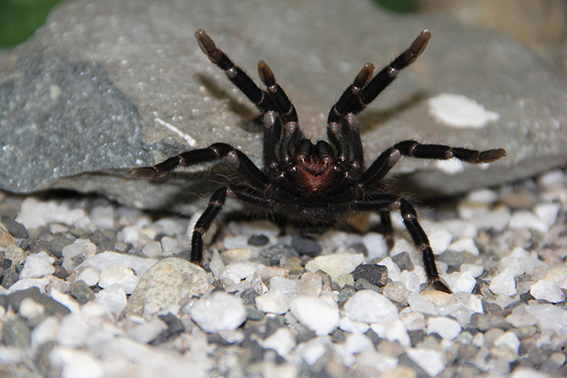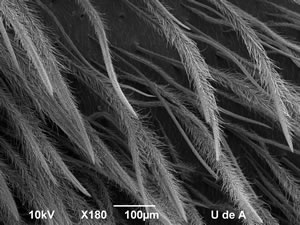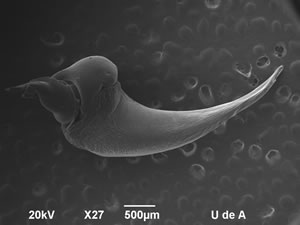Z7_89C21A40L06460A6P4572G3JN0
 Inglés UdeA - Cabezote - WCV(JSR 286)
Inglés UdeA - Cabezote - WCV(JSR 286)
Z7_NQ5E12C0L8BI6063J9FRJC1MV4
 Signpost
Signpost
Portal U de A
Z7_89C21A40L06460A6P4572G3JQ1
 'Aguapanela', a new species of tarantula found in Medellín
'Aguapanela', a new species of tarantula found in Medellín
Z7_89C21A40L06460A6P4572G3JQ3
 Portal U de A - Redes Sociales - WCV(JSR 286)
Portal U de A - Redes Sociales - WCV(JSR 286)
Z7_89C21A40L0SI60A65EKGKV1K57




 This never-before-seen breed of tarantula inhabits the wooded area of Parque Arví, a nature reserve on the outskirts of Medellín. Researchers Sebastián Estrada, Yeimi Cifuentes and Carlos Perafán named the spider Aguapanela Arví, after both a popular Colombian drink known as aguapanela and its place of discovery.
This never-before-seen breed of tarantula inhabits the wooded area of Parque Arví, a nature reserve on the outskirts of Medellín. Researchers Sebastián Estrada, Yeimi Cifuentes and Carlos Perafán named the spider Aguapanela Arví, after both a popular Colombian drink known as aguapanela and its place of discovery.  Several morphological characteristics (physical shape and appearance) suggest that the newly discovered spider has not been described before. “We found some significant differences in the palpal bulb of males, the female’s spermathecae, and the setae (urticating hairs) on the abdominal zone and the legs,” Professor Estrada said.
Several morphological characteristics (physical shape and appearance) suggest that the newly discovered spider has not been described before. “We found some significant differences in the palpal bulb of males, the female’s spermathecae, and the setae (urticating hairs) on the abdominal zone and the legs,” Professor Estrada said. In the wild, tarantulas primarily eat insects, though some species also eat frogs, toads and small rodents. But Aguapanela Arví differs from other species “as it is more aggressive than other types of tarantulas, nevertheless, further studies are needed in order to determine the toxicity of its venom,” Estrada said.
In the wild, tarantulas primarily eat insects, though some species also eat frogs, toads and small rodents. But Aguapanela Arví differs from other species “as it is more aggressive than other types of tarantulas, nevertheless, further studies are needed in order to determine the toxicity of its venom,” Estrada said.